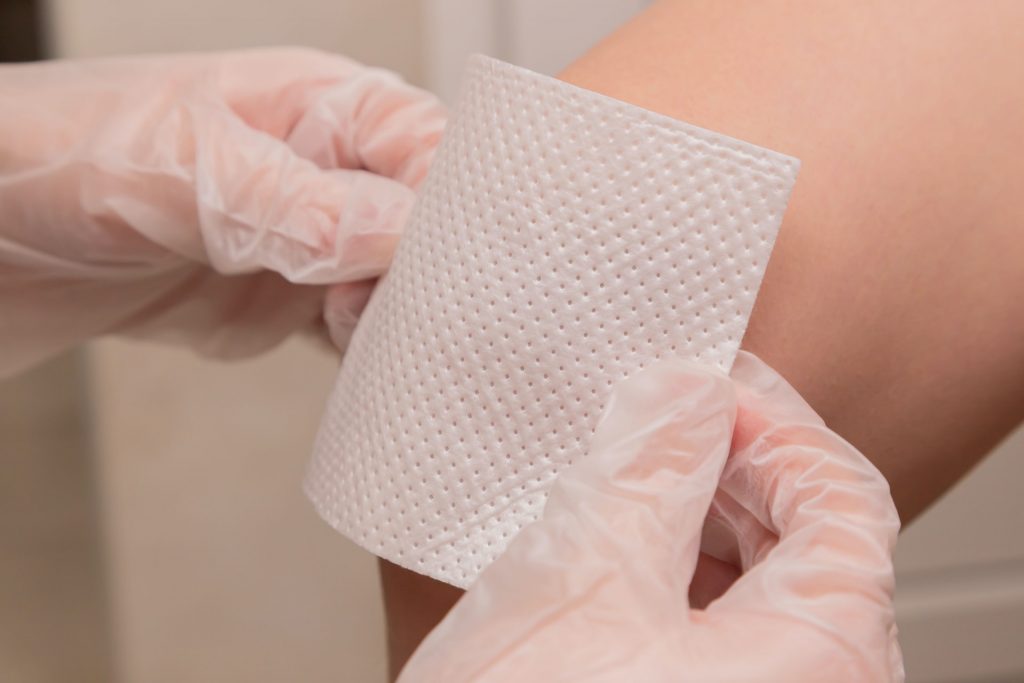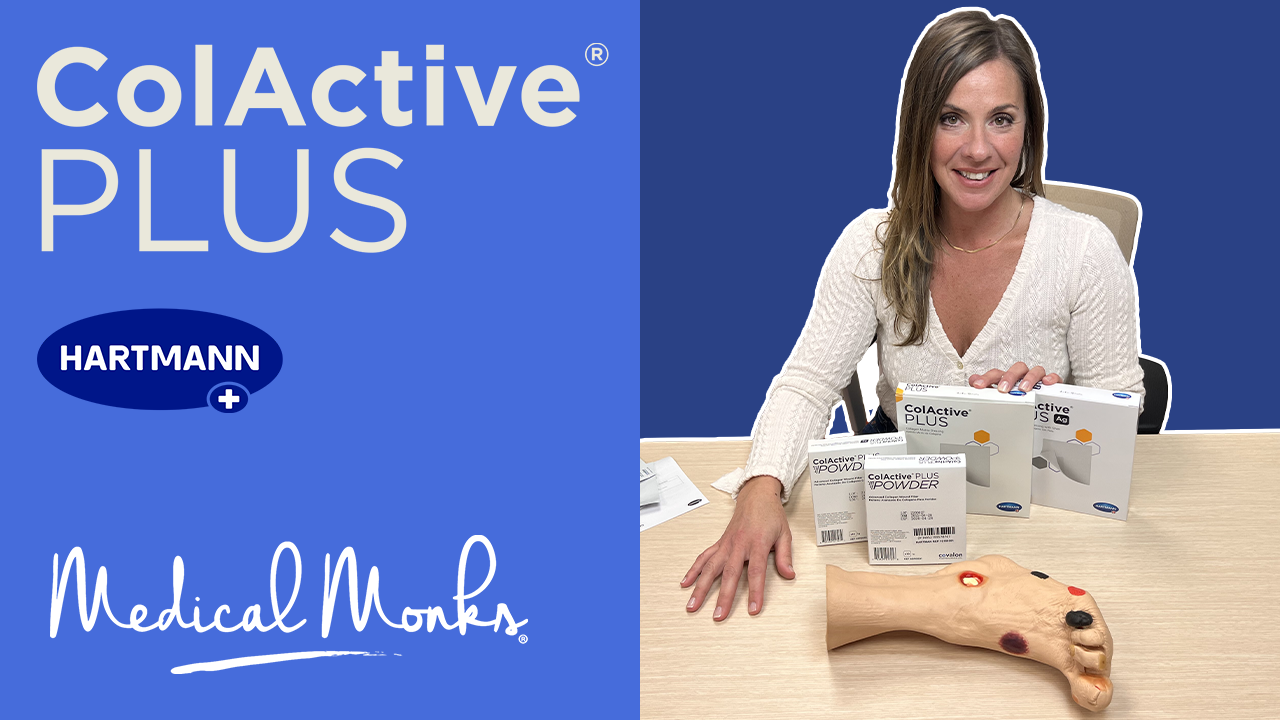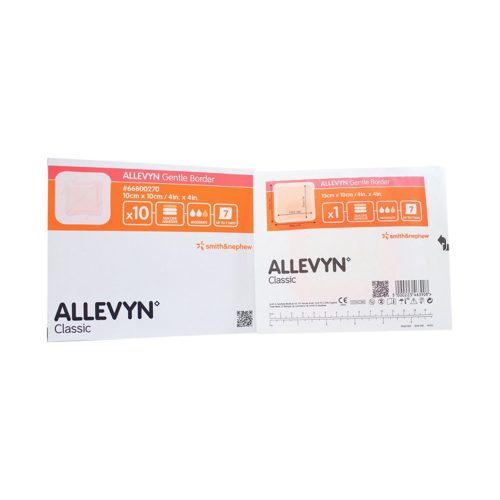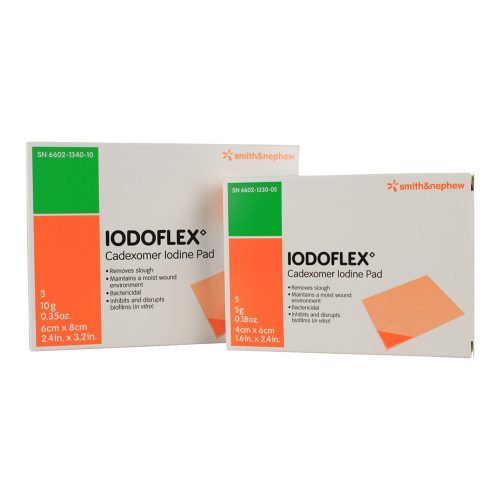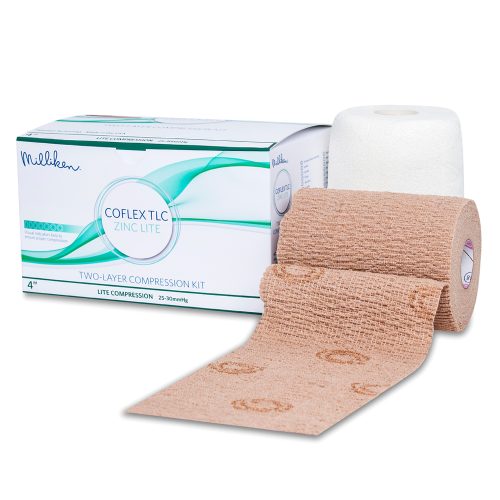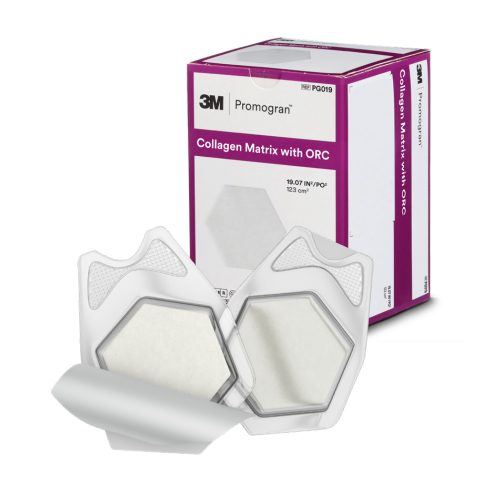When a wound occurs – be it a cut, abrasion, laceration or burn – it should be cleaned and disinfected as soon as possible. This will help prevent an infection from emerging and allow the area to properly heal.
To start:
1. Wash Your Hands
Wash with soap and water, and follow with hand sanitizer. Then, put on a clean pair of disposable gloves. Touching the wound with your hands, no matter how clean, may result in an infection.
2. If Bleeding, Apply Pressure
If there is bleeding, remove or cut away any clothing covering the wound. Then, take a piece of sterile gauze and apply light pressure, until the blood starts to subside. After, keep the area raised. If you notice blood coming through the material, add a second piece of gauze. You may need to apply pressure for up to 15 minutes. Even once the bleeding appears to have stopped, continue to apply pressure until help arrives or you receive emergency attention.
3. Consider Getting Medical Attention
Not all wounds are equal. Although you can start the wound cleaning procedure yourself, certain situations will require the expertise of a professional. These include:
- The bleeding doesn’t stop, even as you apply pressure.
- The injured individual is under a year old.
- The wound has a jagged appearance or goes deep below the skin.
- A fast-flying object or projectile punctured the skin.
- The wound is over a joint, on the face or the perineal area.
- The wound is the result of a bite, whether from a human or animal.
4. Rinse and Clean the Wound
If professional medical attention is not required, you’ll next want to remove any dirt and debris embedded in the wound. Often spraying the site with sterile water or saline will do the trick. However, soap should not be used, as it can irritate the injury.
When simple water won’t cut it, you’ll want to use a specially formulated wound cleanser, which helps flush out debris and foreign materials while helping to prevent infection.
After rinsing the area, take a washcloth to gently clean the skin around the injury. Avoid rubbing the wound, as this can damage the tissue.
Debrisoft pads offer an alternative through the use of mechanical debridement. Debrisoft is a cloth that can absorb exudate, control biofilms and clean debris while allowing for painless removal. This process helps new granulation tissue start to form.
If debris remains in the wound, take a sterilized pair of tweezers and remove any fragments. Avoid pushing the tweezers into the tissue; instead, just use them to grab the debris from the surface.
5. Apply a Cream or Ointment
At this stage in cleaning and disinfecting the wound, you’ll want to add an antibiotic cream or ointment that helps control potential infection and keeps the area moist. This allows new tissue to form and helps prevent scarring.
6. Apply a Dressing or Bandage
Minor cuts and scrapes won’t need to be bandaged. However, for larger, deeper injuries, apply a sterile, nonstick bandage to the wound once it’s thoroughly cleaned and disinfected. Doing this creates a barrier against external factors, including bacteria and debris that can infect the area, and assists with keeping the tissue moist. You may need to use tape, adhesive strips or a secondary dressing to hold the bandage in place.
Changing a dressing carelessly can result in maceration or skin tearing. If using tape or an adhesive dressing, pull the material toward the wound while holding the surrounding skin with your other hand. Remove any adhesive residue before applying another bandage.
If the bandage has adhered to the skin, apply a saline solution to dampen the material. Once you feel it loosen, peel or gently roll it off the skin.
7. Monitor the Wound During Dressing Changes
After application, continue to monitor the amount of blood and exudate absorbed to determine when to change the dressing and cleanse the wound. During changes, look for signs of infection, as the injury may need medical attention at this stage.
Professional attention is needed if:
- The wound or surrounding area is red or swelling.
- You have a fever or chills.
- The pain has not subsided or has become worse.
- The wound or its edges feel warm.
- You smell a foul odor.
- The amount of exudate hasn’t decreased or continues to increase.
